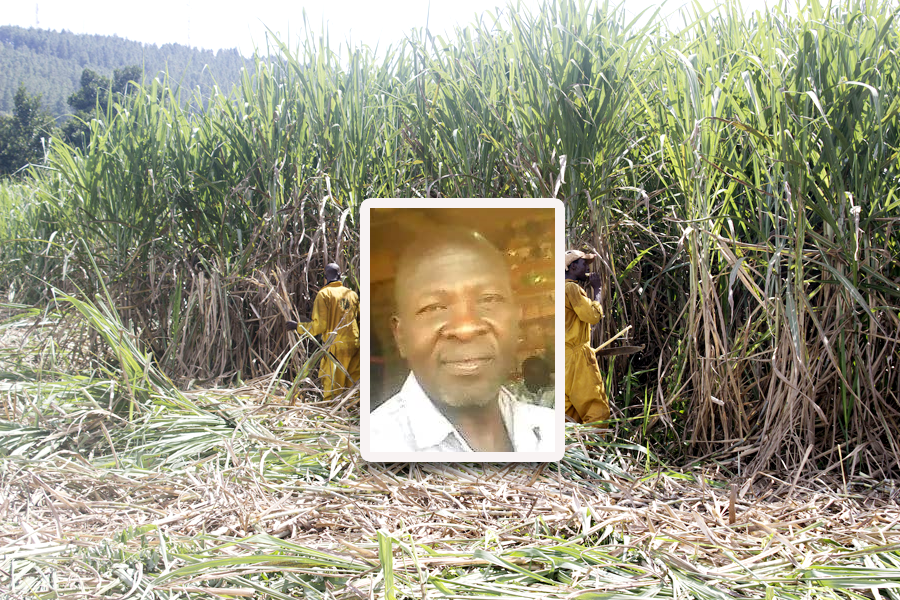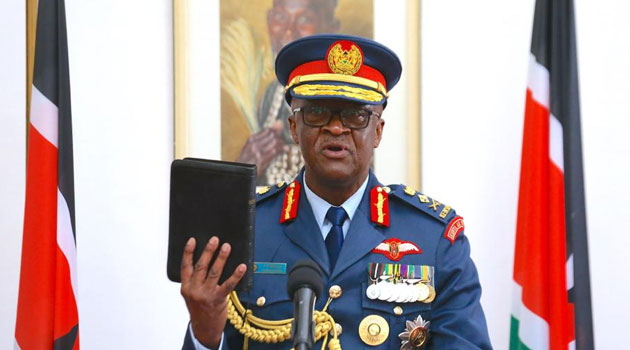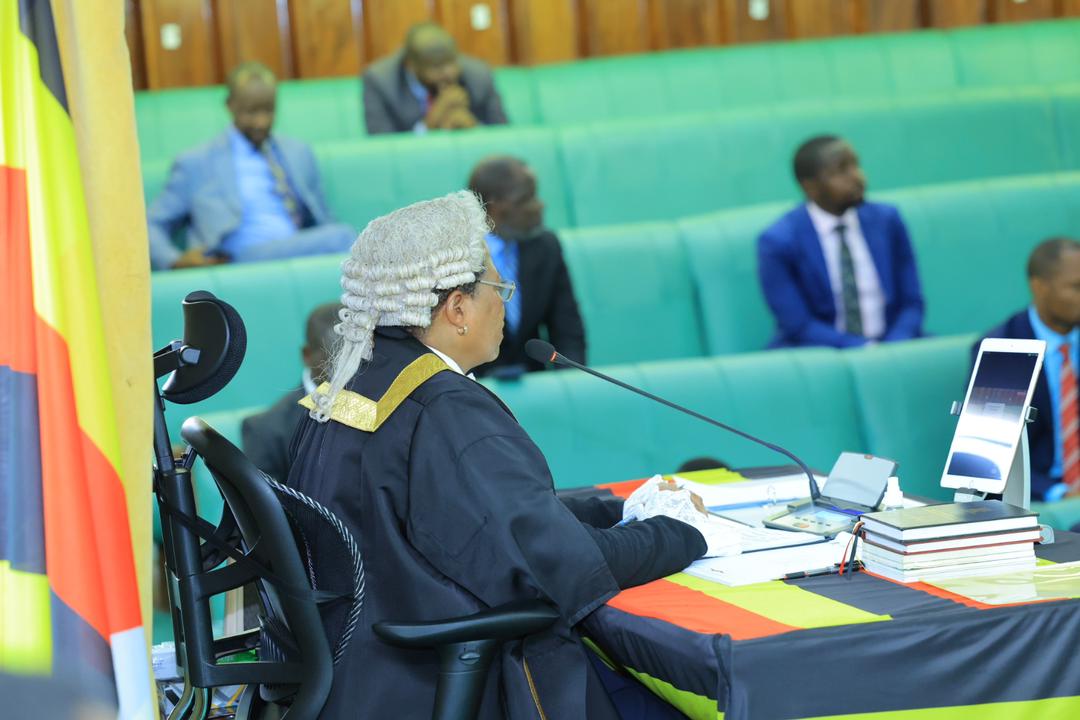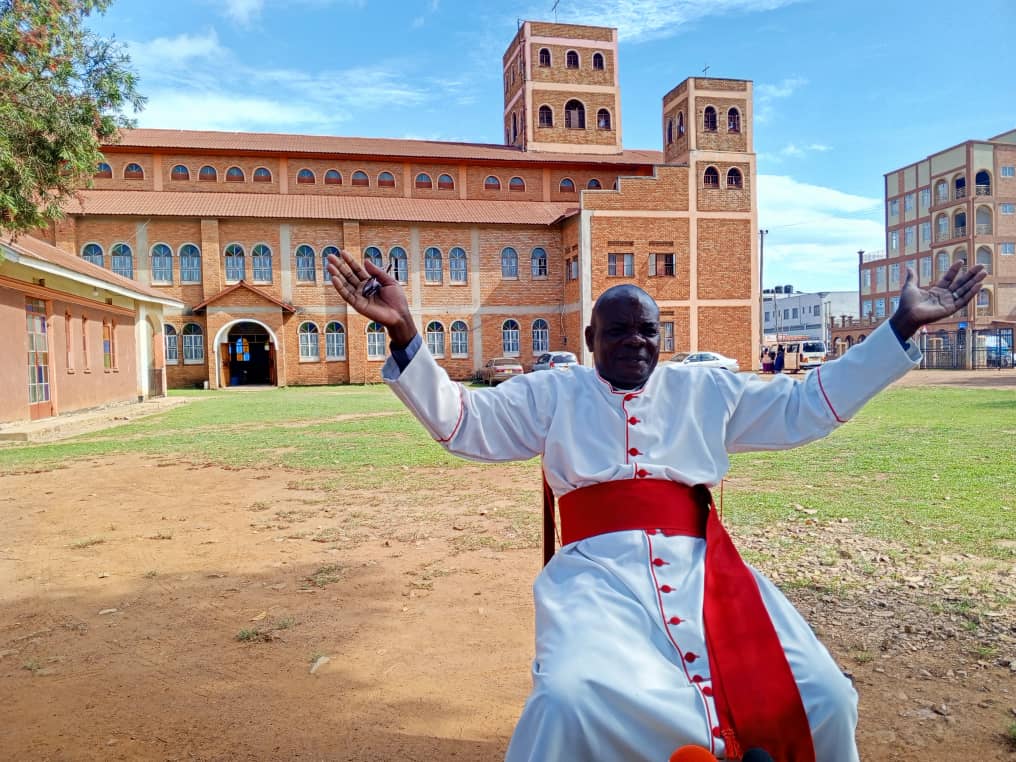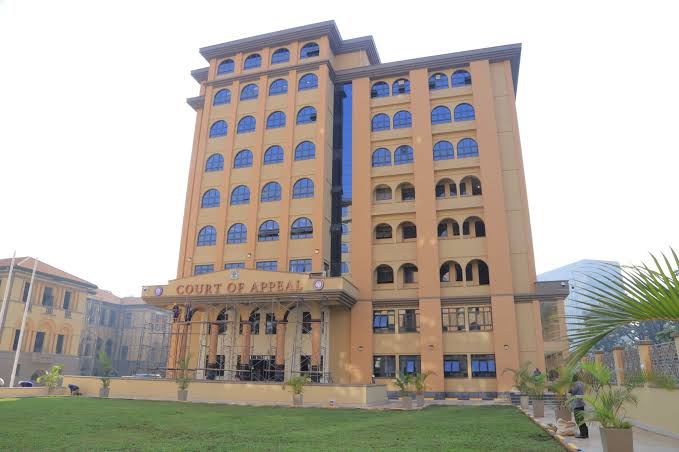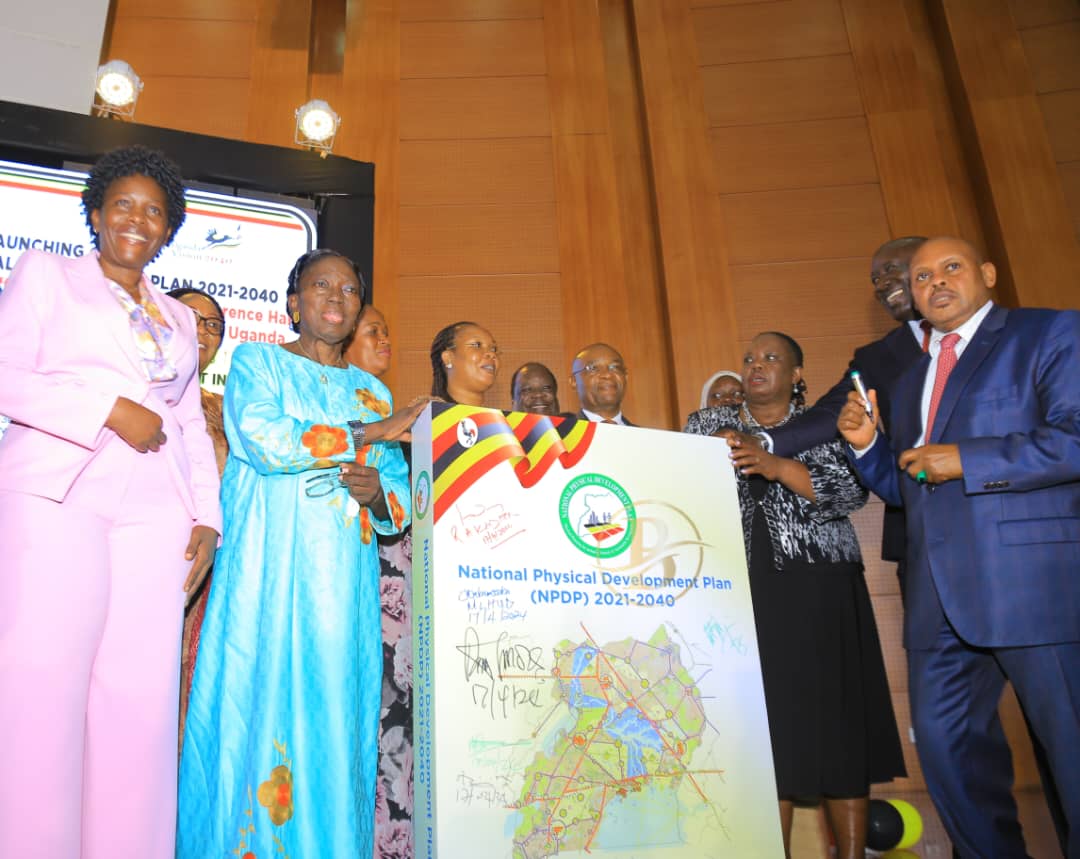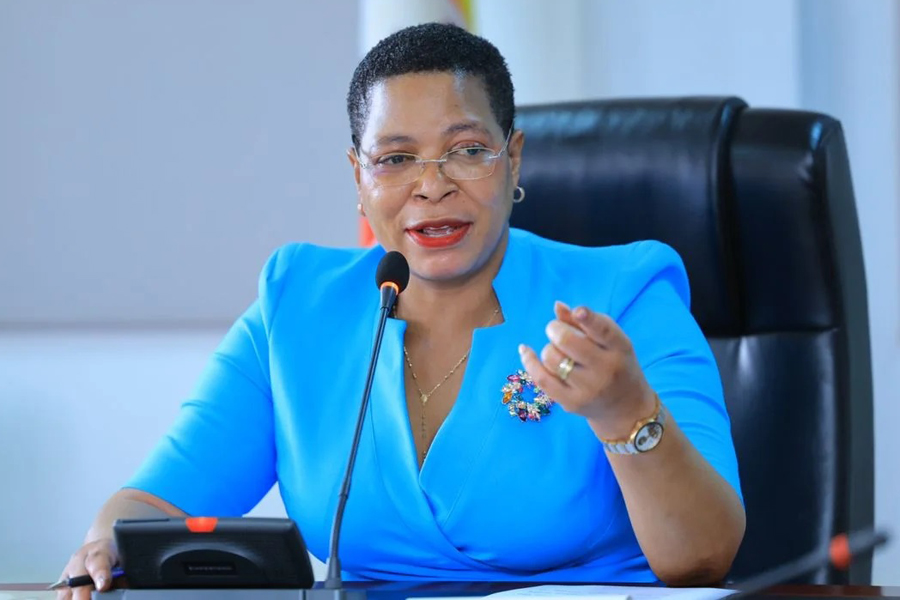China defends Coronavirus outbreak response in detailed report
China on Monday released a lengthy white paper to chronicle what it called a hard-won fight against the COVID-19 outbreak in the past five months – a report that has mostly won acclaim from its people.
In the 37,000-word document, however, China said little about its early response to the coronavirus outbreak. Several accounts of what happened in Wuhan, the epicenter of the global pandemic when the outbreak began, have run contrary to what whistleblower doctors had said, according to analysts. China claimed the virus was first reported in Wuhan in December.
The analysts added that the document is nothing but a tool for China’s official narrative in a global propaganda campaign to shift blame and is far from convincing to the global community.
Lengthy white paper

“China has long been trying to skirt responsibility and repeatedly denied any cover-up. And from China’s own statistics [in the paper], you can tell that they are still trying to cover things up,” Twu Shiing-jer, Taiwan’s former health minister, told VOA.
The report sheds no light on how China dealt with the outbreak before December 27, 2019 – almost one-and-a-half months after government records allegedly showed that the country’s first confirmed case could be traced back to mid-November, Twu said.
The global pandemic, which has killed nearly 400,000 people, could have been avoided had China notified the World Health Organization one month earlier in early December, he said.
China’s refusal to reflect on its mistakes, especially fallacies during the initial cover-up stage, won’t help scientists inside and outside of China map out concrete measures that will prevent new diseases, Twu added, saying China’s lies keep piling up in the paper.
More lies?
In the first chapter of the paper, titled, “China’s Fight Against the Epidemic: a Test of Fire,” China said it had asked Wuhan residents to wear masks and made public disclosure of the disease as early as December 31, even though it waited until Jan. 20 to confirm the nature of the virus’s human-to-human transmission.

But words of two Chinese whistle-blower doctors Ai Fen and Li Wenliang of Central Hospital of Wuhan suggested otherwise.
Dr. Ai once told local media that she was asked by hospital authorities to shut up and her colleagues in the emergency room were discouraged from putting on protective masks or suits until late January.
Police in Wuhan also reprimanded Dr. Li, along with his seven colleagues, for spreading rumors on January 3 after they raised the alarm about the virus. Li succumbed to the disease on Feb 7, leaving behind his last words that “there should be more than one voice in a healthy society.”
At a press briefing to release the white paper, Xu Lin, minister of the State Council Information Office, denied any cover-up, saying, "Such accusations are groundless, unreasonable and a show of disrespect for science."
High cure rate
Other highlights of the report included that China boasted a cure rate of 94.3 percent as its death toll stood at 4,634 out of a total of 83,017 confirmed patients, as of the end of May.
China also said all patients were given free treatment, which cost the government some $190 million for its nearly 59,000 inpatients, while traditional Chinese medicine was found effective in treating 92 percent of COVID-19 patients.
China also gave itself credit for having sent a total of 29 medical expert teams to 27 countries and offered help to 150 nations and four international organizations.
Some Chinese netizens appeared to fully embrace the official narrative in the government’s white paper.
Nationalist sentiments
On Weibo, China’s Twitter-like social microblogging site, nationalistic comments such as, “I love China. A great nation with great people” or “China puts lives before anything. U.S. capitalists put votes before anything,” were posted.
Other Weibo users, however, expressed criticism.
One user asked, “Have we forgotten what happened in Wuhan in the initial stage? Is it too early to take credits?” Another wrote, “Do you think the world will believe in Chinese officials when they say there’s no cover-up and delay in response?”
Ross Feingold, a Taipei-based political analyst, said the document only serves China’s record of its response to COVID-19 and a document for its politicians, diplomats and state media to refer to when defending China.
He said it has little effect on the world’s perception about China.
“This kind of messaging is not going to change the trajectory of public policy in the United States whether it is increasing bipartisan consensus within the Democrats or Republicans, industry [and] other stakeholders about how to approach relations with China,” said Feingold.
Source: VOA


